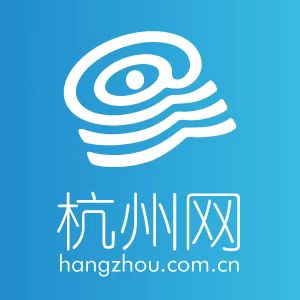"China has always valued exchanges and cooperation with its international counterparts while promoting deep space exploration and scientific and technological innovation," said Zhang Kejian, head of the CNSA.
China has signed cooperation framework agreements with multiple international space agencies, including the UN Office for Outer Space Affairs, Russia's state space corporation Roscosmos and the European Space Agency.
The Chang'e-4 mission, which accomplished the first-ever soft landing on the far side of the moon, carries four payloads developed by the Netherlands, Germany, Sweden and Saudi Arabia.
The CNSA also delivered the data collected by the neutral atom detector aboard the Chang'e-4 rover to Sweden, the data from the neutron radiation detector aboard the Chang'e-4 lander to Germany and the data from the low-frequency radio astronomical instrument aboard the Chang'e-4 relay satellite Queqiao to the Netherlands at the conference.
"The scientific data has deepened human understanding of the lunar and space environment as well as solar activities," Zhang said.
Sonke Burmeister, who participated in the development of the German payload, depicted the collaboration as "very effective."
"It's really good experience to work with Chinese partners because they are very effective. We build a nice instrument within a very short timeframe," said Burmeister, a researcher with the Institute of Experimental and Applied Physics of the Kiel University in Germany.
"The instrument has switched on every lunar day. It works properly on the moon's surface, which proves the collaboration is very fruitful," he said.
According to Burmeister, one interesting discovery so far is that the secondary radiation produced by the lunar surface soil is different from the dose previously measured by other probes in lunar orbit. "It is very important for astronauts who will travel to the moon."
He is also looking forward to participating in the collaboration provided by the Chang'e-6 mission.

